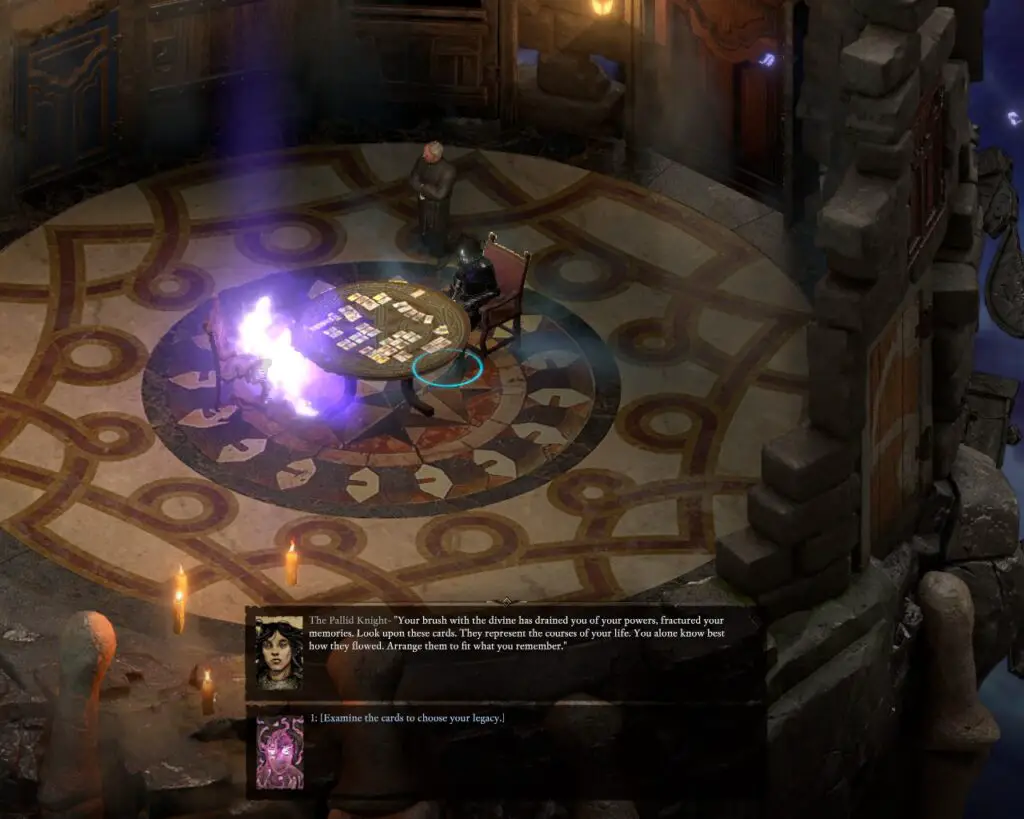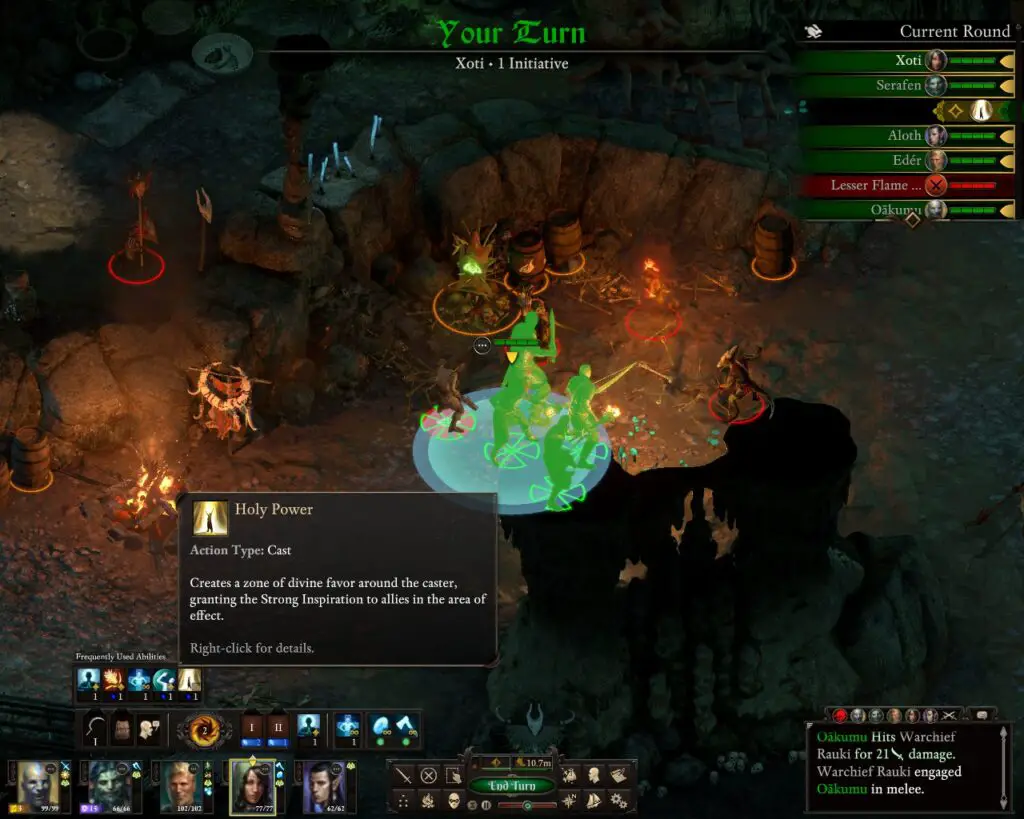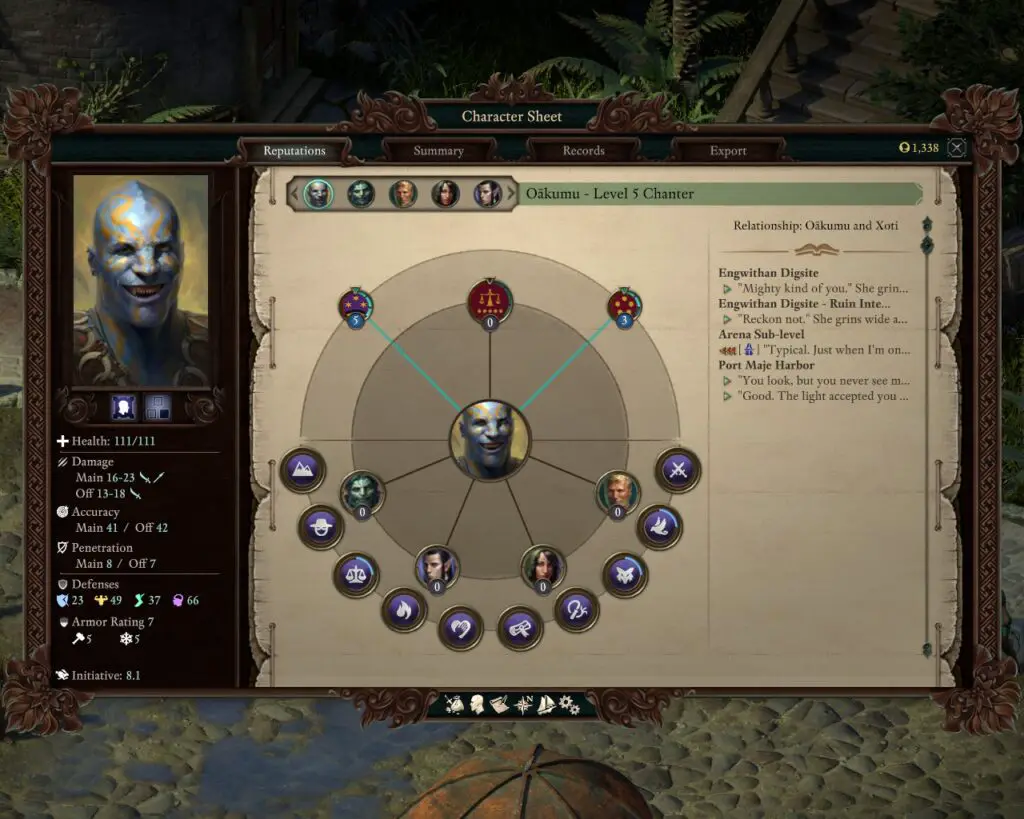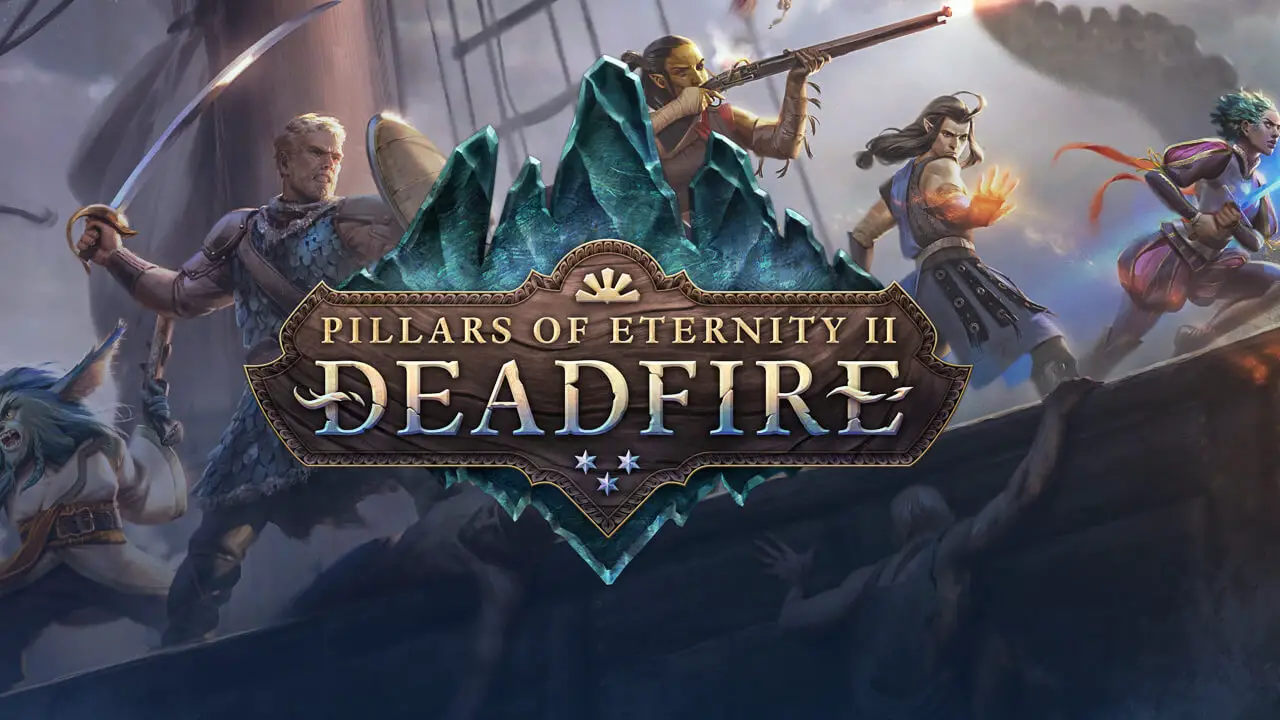Like its earlier predecessor, Pillars of Eternity II: Deadfire (sometimes PoE:D) hearkens back to the classic RPG tropes of the 90s boom years, one (if not both) feet firmly planted in the past and resolutely staying put – much like the creatures that infest its well-drawn and evocative dungeons. Whilst PoE:D builds on the systems and narrative ideas already put down by Obsidian Entertainment, this inherent recall of earlier CRPG DNA is constantly brought to view, for better, or for worse.

You Must Gather Your Party Before Venturing Forth
As before, the sheer breadth and depth of character creation are evident and reasonably well-explained, with clear tooltips linking to other rules and concepts to aid, although this roll-up before entering the action does cause some problems when trying to consider how the character will affect, and be affected by, the game world.
The usual class/stereotype options are all present, building on the predecessor, and whilst some ideas are fresher and newer than others (the cypher springs to mind), anyone familiar with basic party composition will be able to understand the approach needed, at least to learn to play the game successfully. Abilities run the usual gamut to add further familiarity – anyone familiar with any CRPG from the last twenty years will quickly pick up the more useful strategies, combinations, and synergies.
Turn-based or real-time-with-pause gameplay has been implemented this time, and both work well with few bugs. Personally, I find strategizing with turn-based to be my approach, although the sheer size and regularity of combat does mean that this option can drag quick fights out much longer. It’s not helped by a UI that is not always the easiest to parse, with lots of information, tool-tips, lines of engagement, and area-of-effect overlays adding to the complexity.
In these times, switching to RTwP is an option, although this can often steer matters too far towards not really knowing what is going on. Companion AI is decent and can be set to some extent. It still feels far too chaotic and disorderly however and player agency is lessened.
Often, you’ve very little idea of what happened beyond the bodies littering the ground and the awareness that abilities are exhausted. Buffs, utilising both magic and equipment/item-based strategies do add to the preparation and the sense of accomplishment, but I did find all too often that I had not really strategized my way to victory. It’s certainly a split that never quite resolves throughout the game.

All the World’s a Stage
The narrative is strong, comprising an inherently probing picture of colonial settlement amongst a native population in the Deadfire Isles setting of Iora. Obsidian has worked hard to tell a thoughtful, interwoven story, with each faction having credible reasons for existence (and co-existence) with each other. Well-written dialogue (and well-acted too, it has to be said) is an expectation from this studio, and this does not disappoint. This includes the rousing, traditional score, and incidental SFX.
Despite this intricacy, it quickly becomes apparent that this factional variety is very much more closed than might first appear. Obvious cut-off points and decision trees are very clear, and the player’s journey towards the final island and confrontation is much the same, regardless of the path (and ethics) taken. In this sense, PoE:D is just further proof that continued iteration of the genre and its tropes are a challenge. Certainly, the faction-based narrative is a comfortable fit for those who know their Minsk from their Malady, but they only offer a comforting meal, rather than something truly new and delectable.

It’s A Gold Lizardman
The game does look classically stunning, with well-rendered and detailed backgrounds which bring the world to vivid life. The designers have done a wonderful job of taking the depression and loss of the first game and doubling up on the vibrancy, beautiful savagery, and sheer strangeness of the inherently tropical location. It is here where the colonially-influenced tone is allowed to widen, with well-developed ancient ruins and festering jungles and marshes exploring a darker connection to the world.
Character models are similarly detailed, though, in another CRPG callback, I found myself with the camera view panned back in order to take in the surroundings, plan moves or look for interactions. This rather meant that the intricacy of the models was somewhat lost, although this is hardly an unusual problem in top-down, party-based RPG.
Overall, Pillars of Eternity II: Deadfire is a good game; well-written, superbly detailed, and with a strong and coherent narrative propelling the player to their eventual godly denouement. The systems work relatively well, even if understanding their true synergy will take a real investment (particularly at higher difficulty levels). Within these systems, playing different character classes and approaches is designed well and they are relatively well-balanced.
Abilities are well-thought through and are based on classic measures of cool-downs and ‘per encounter’ settings. The game offers a sense of replayability, in the sense that the pathway to the ending can be approached in multiple ways, even if these paths are effectively parallel, rather than perpendicular.
And that really is the stumbling block I personally experienced. Everything written in the above paragraph would apply to Baldur’s Gate I. Or Fallout. Or Divine Divinity. These were fresh ideas in these games. More than a decade ago, and in some cases, much further back.
Certainly, this is no criticism, other than perhaps a consideration and acceptance that Pillars of Eternity II: Deadfire is a true CRPG, in every sense of a classic rpg tale. Be prepared to plant both feet in a warm, cozy past. For better, or for worse.







